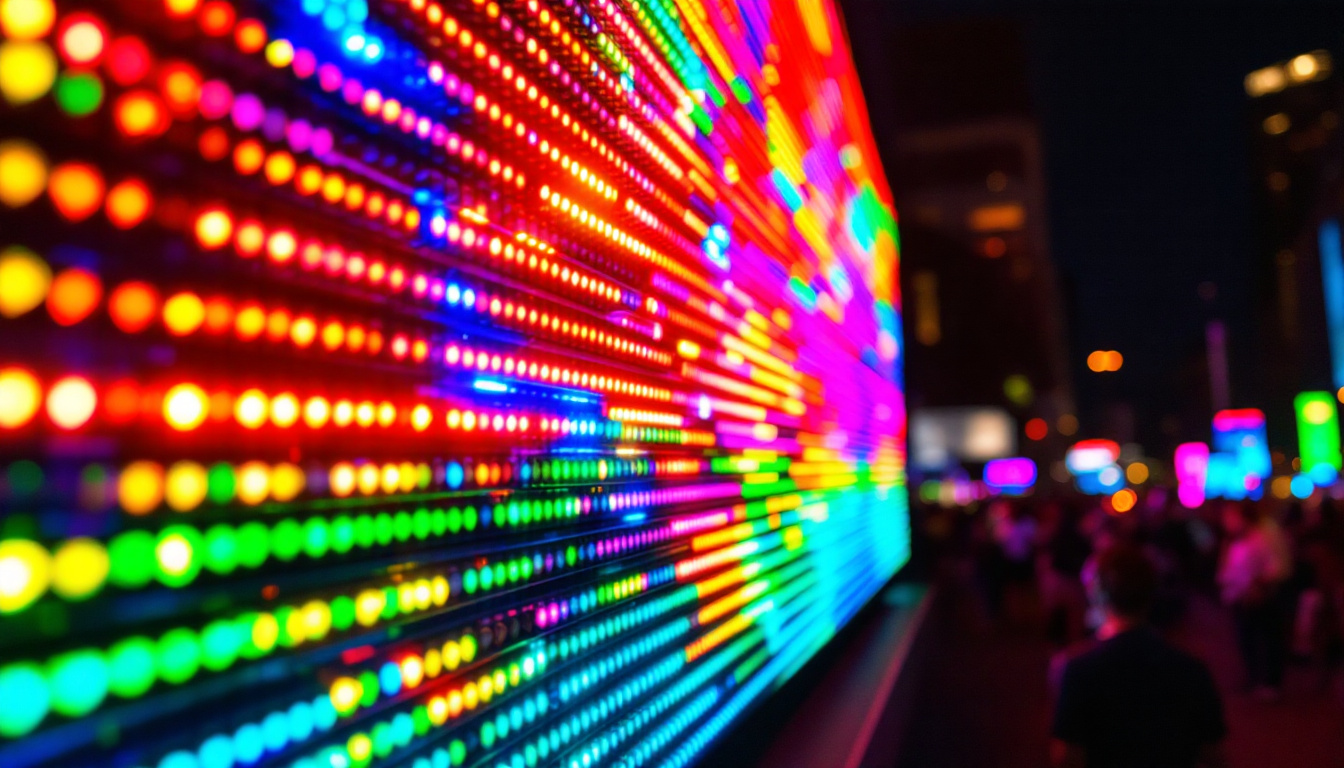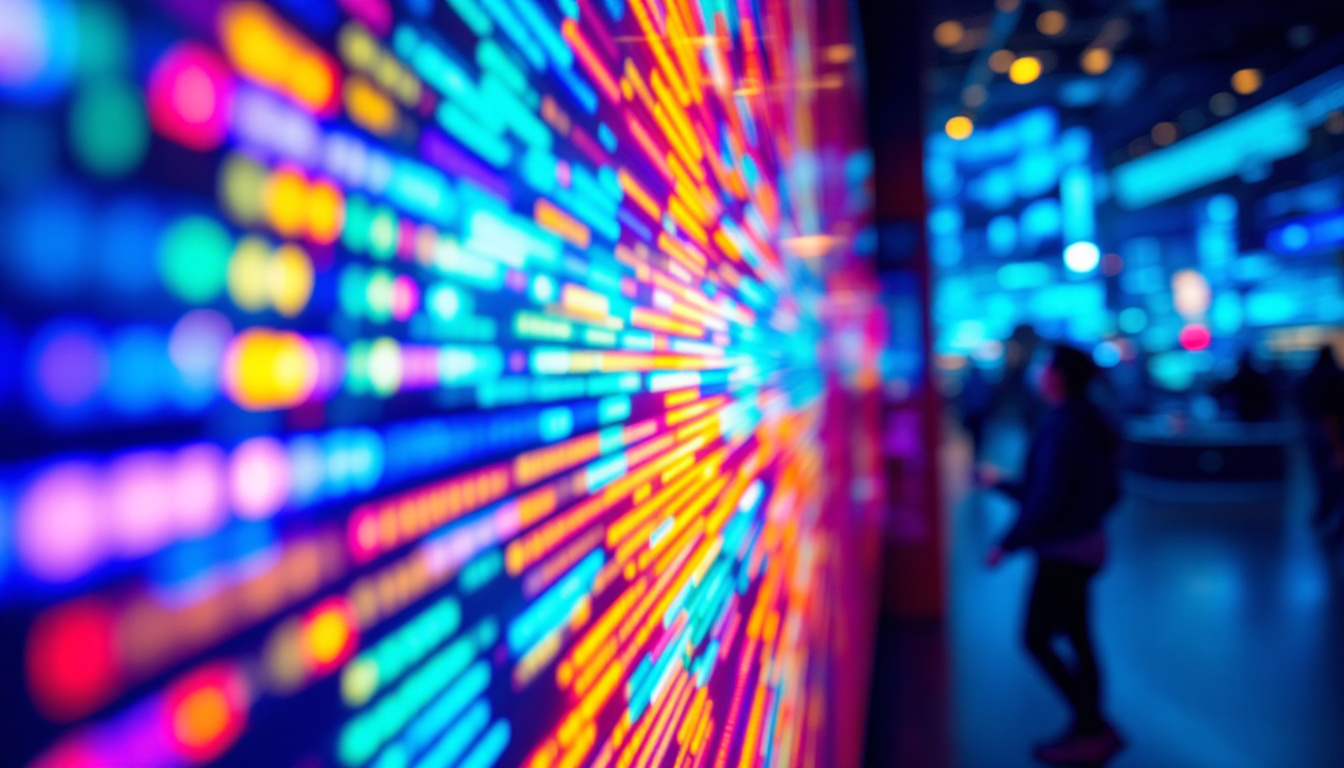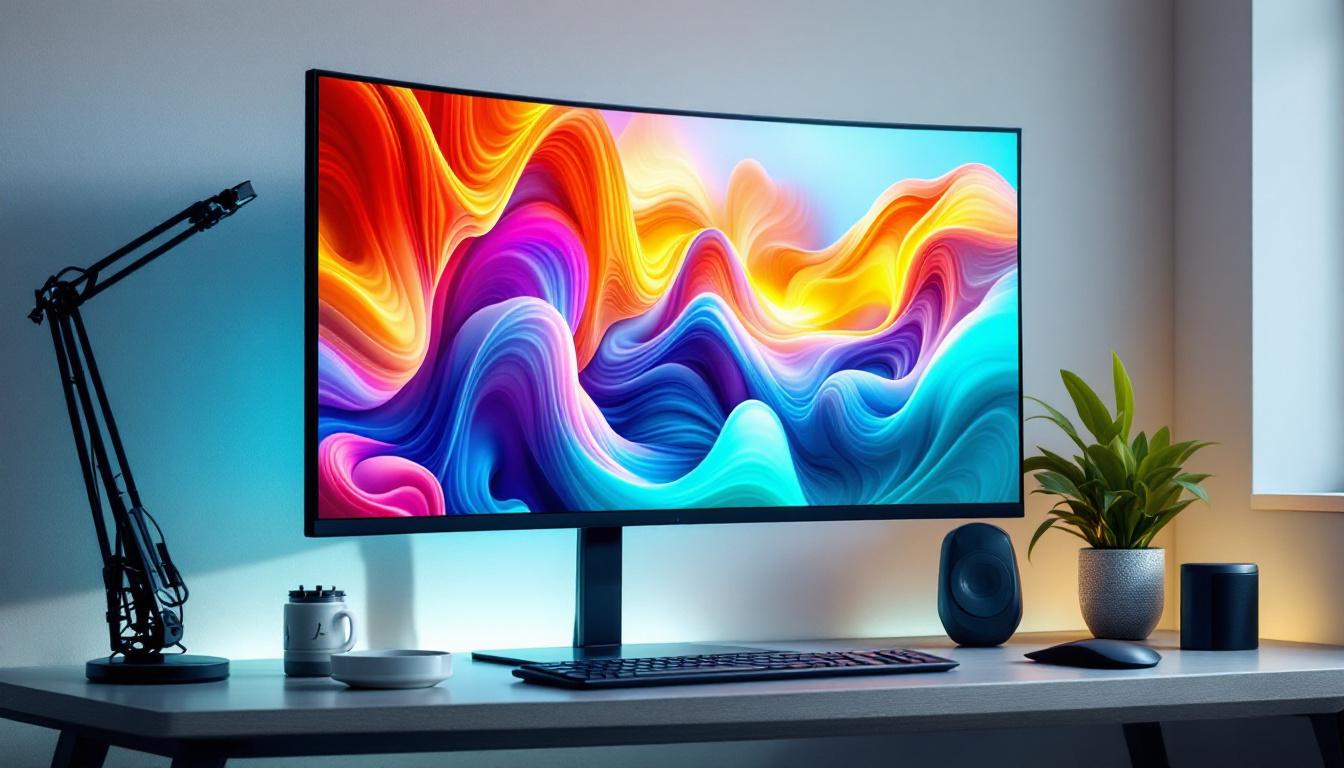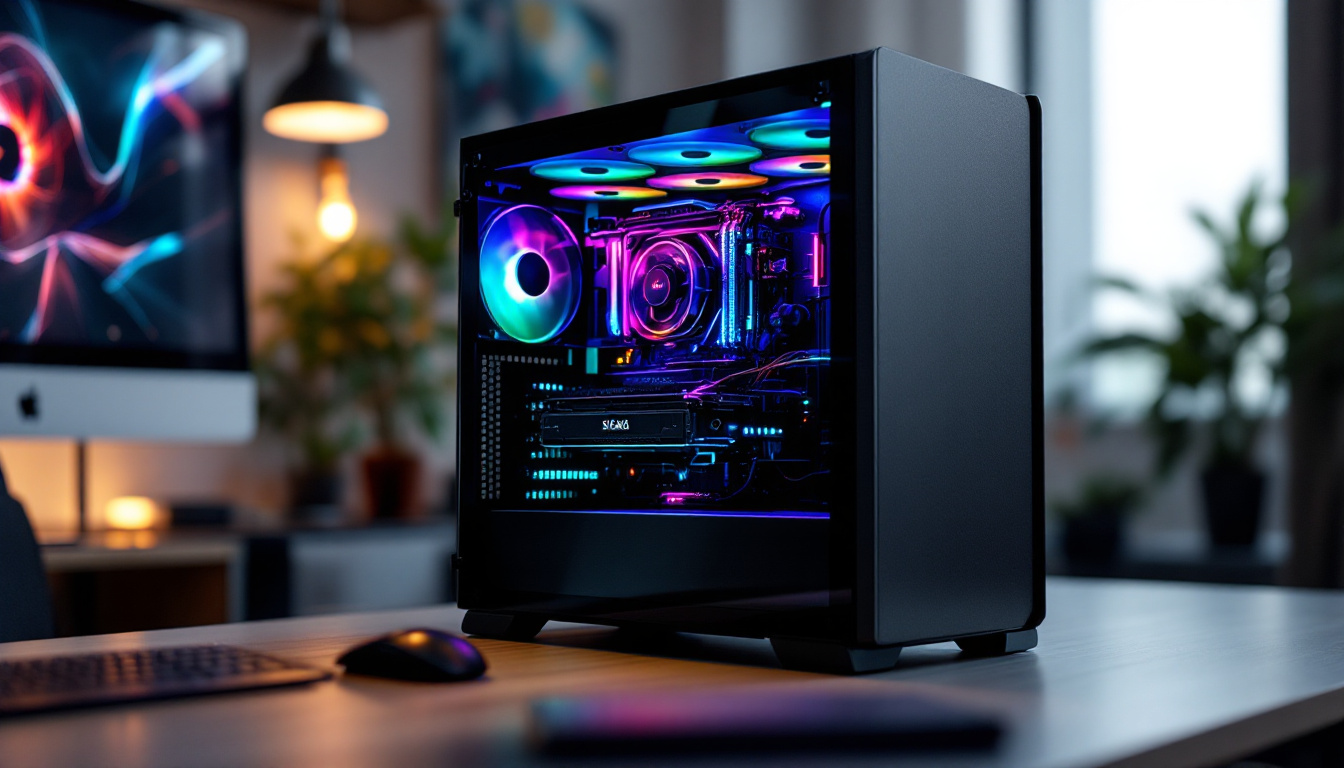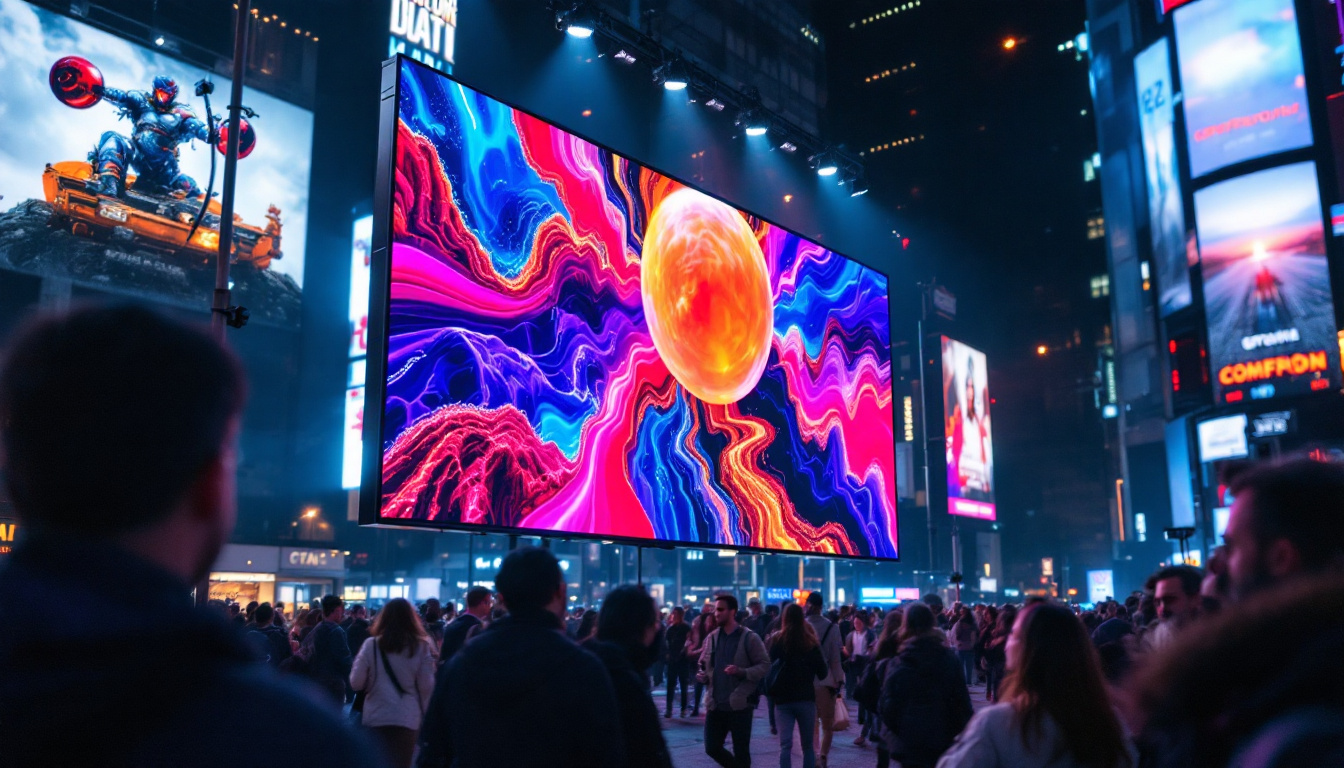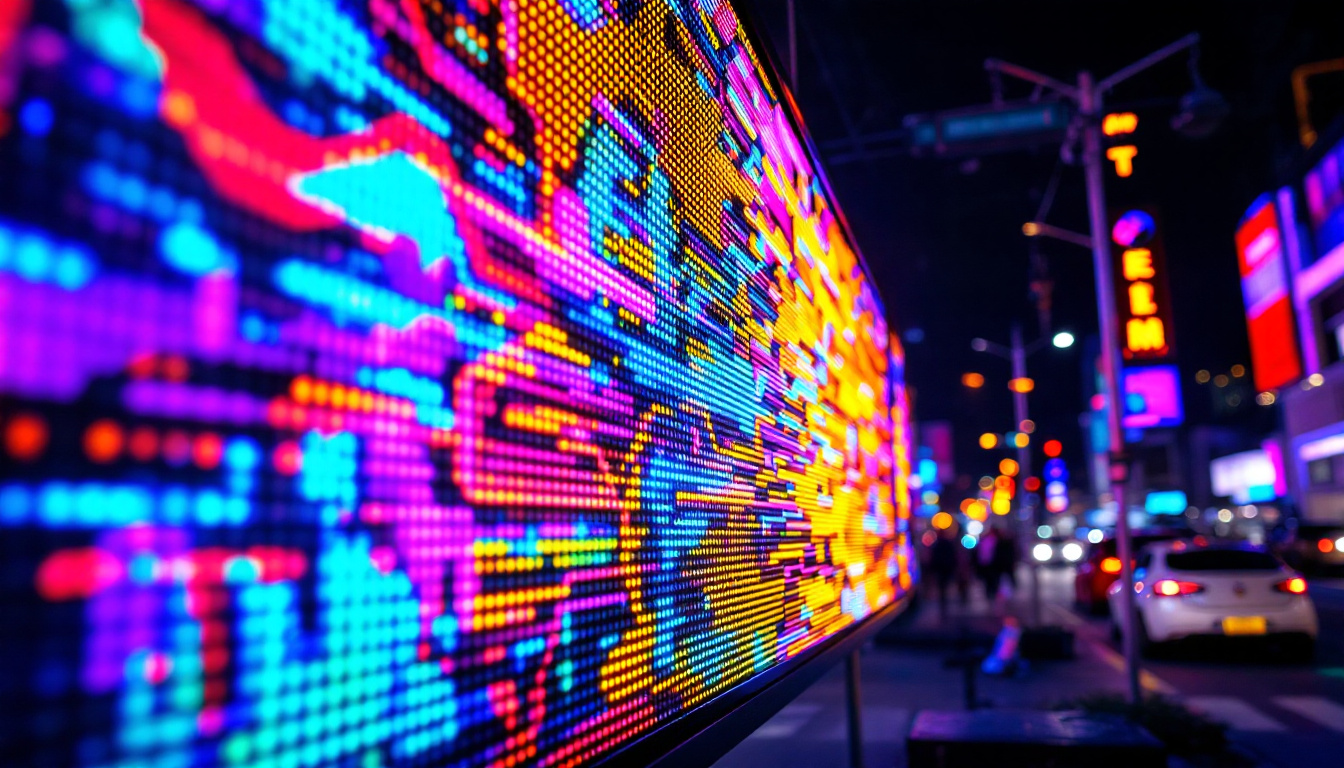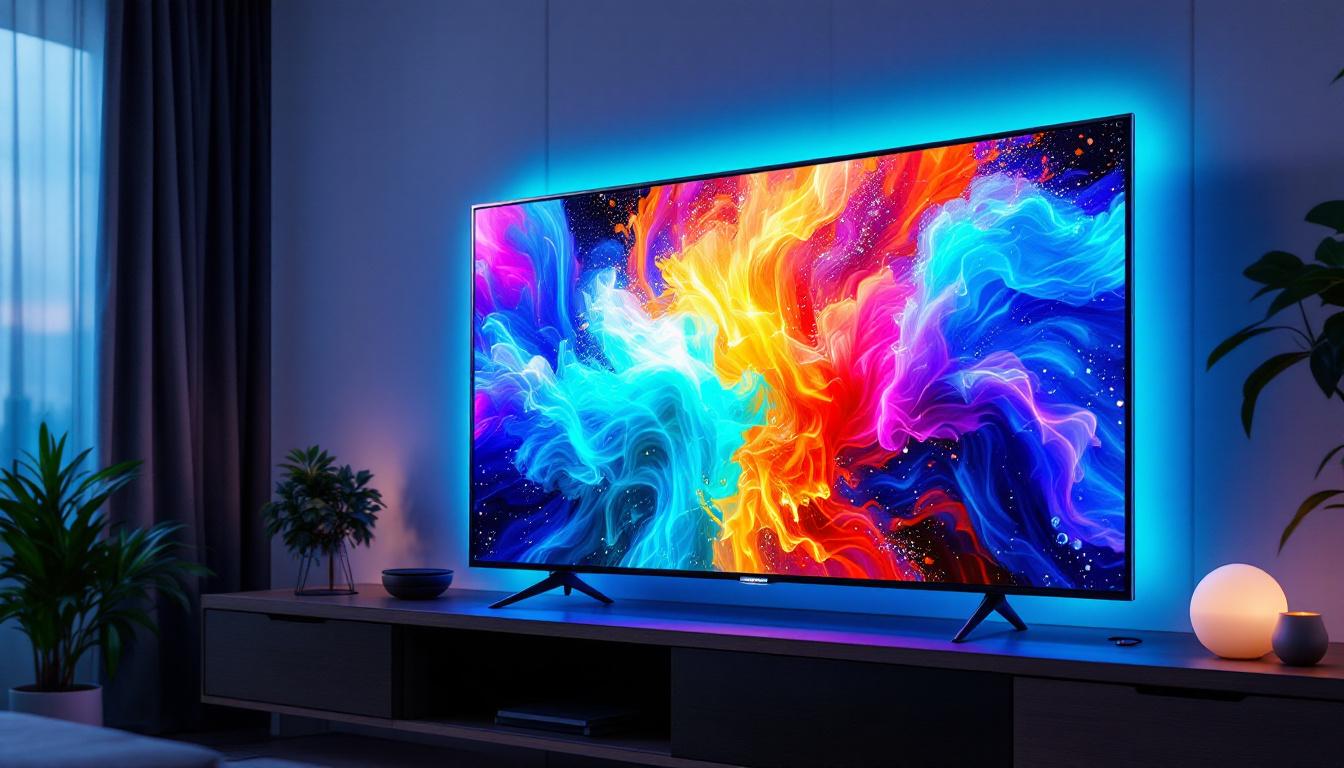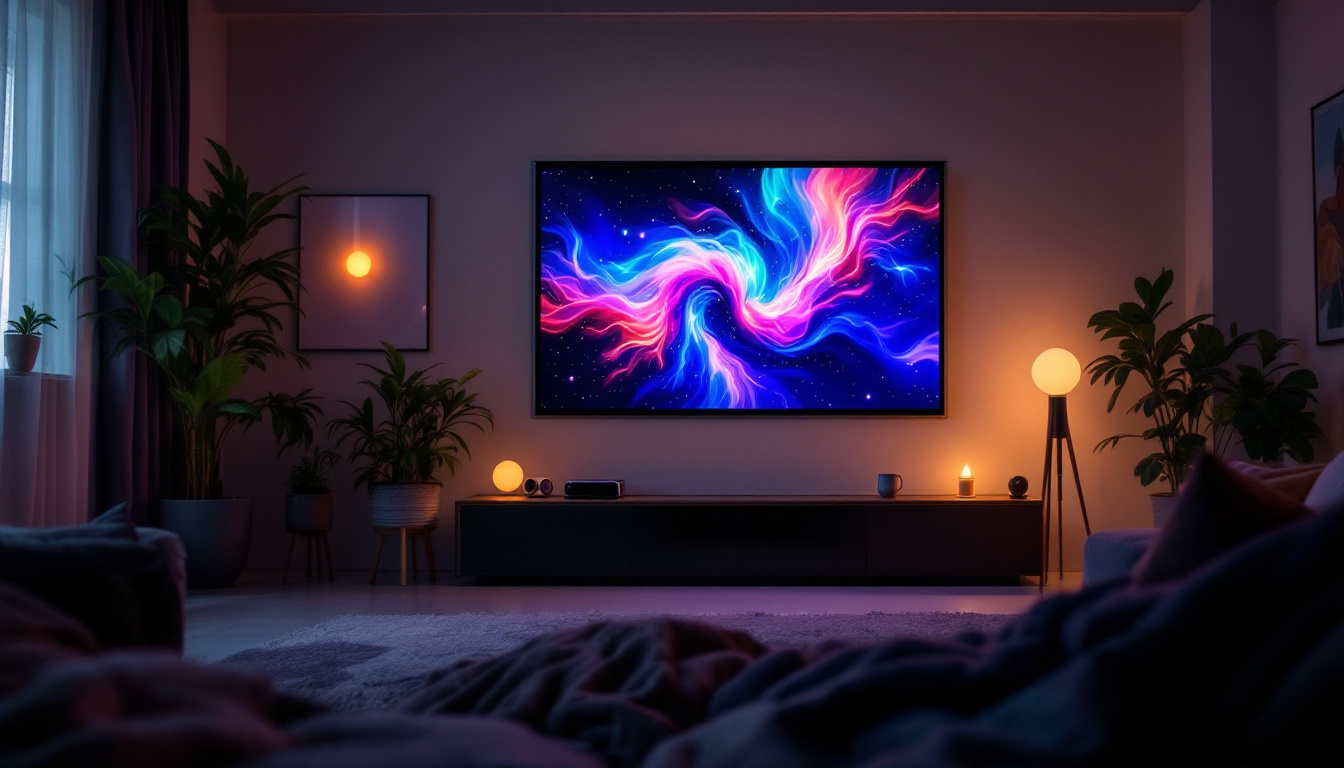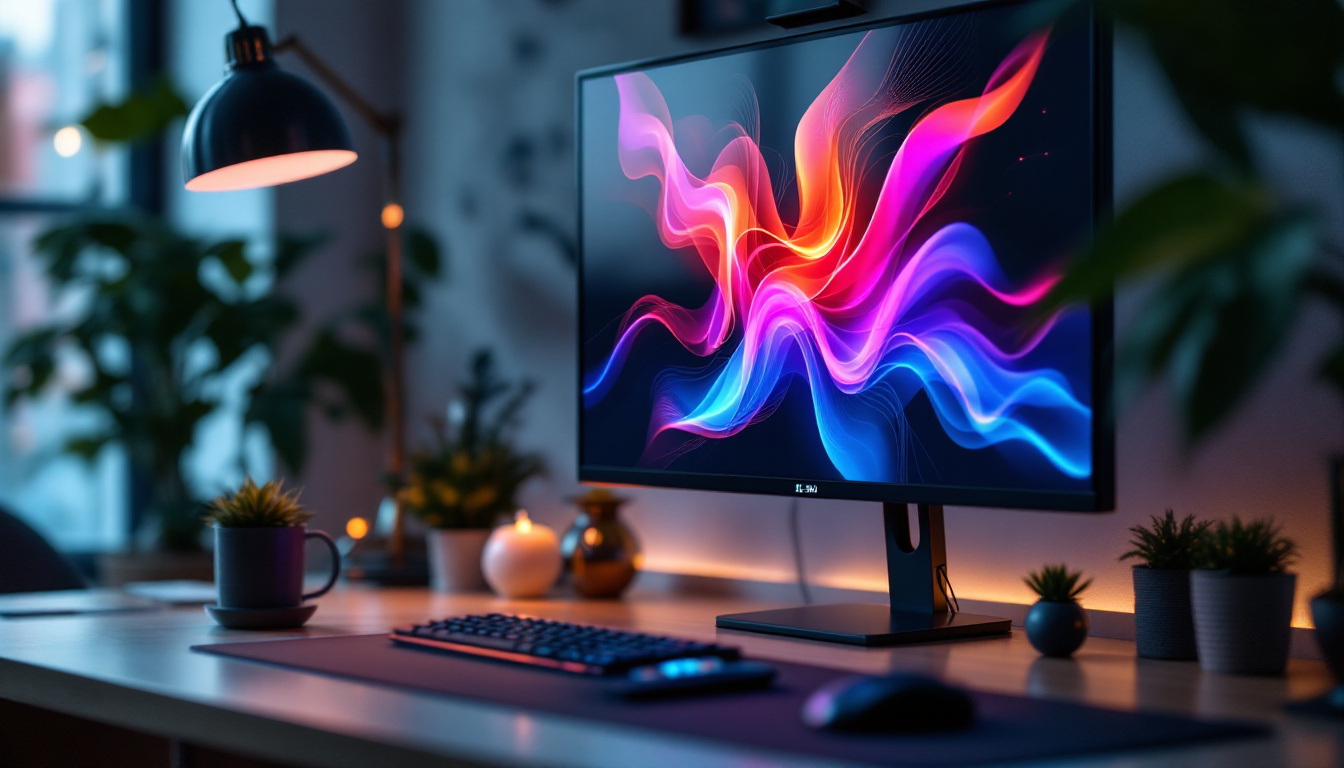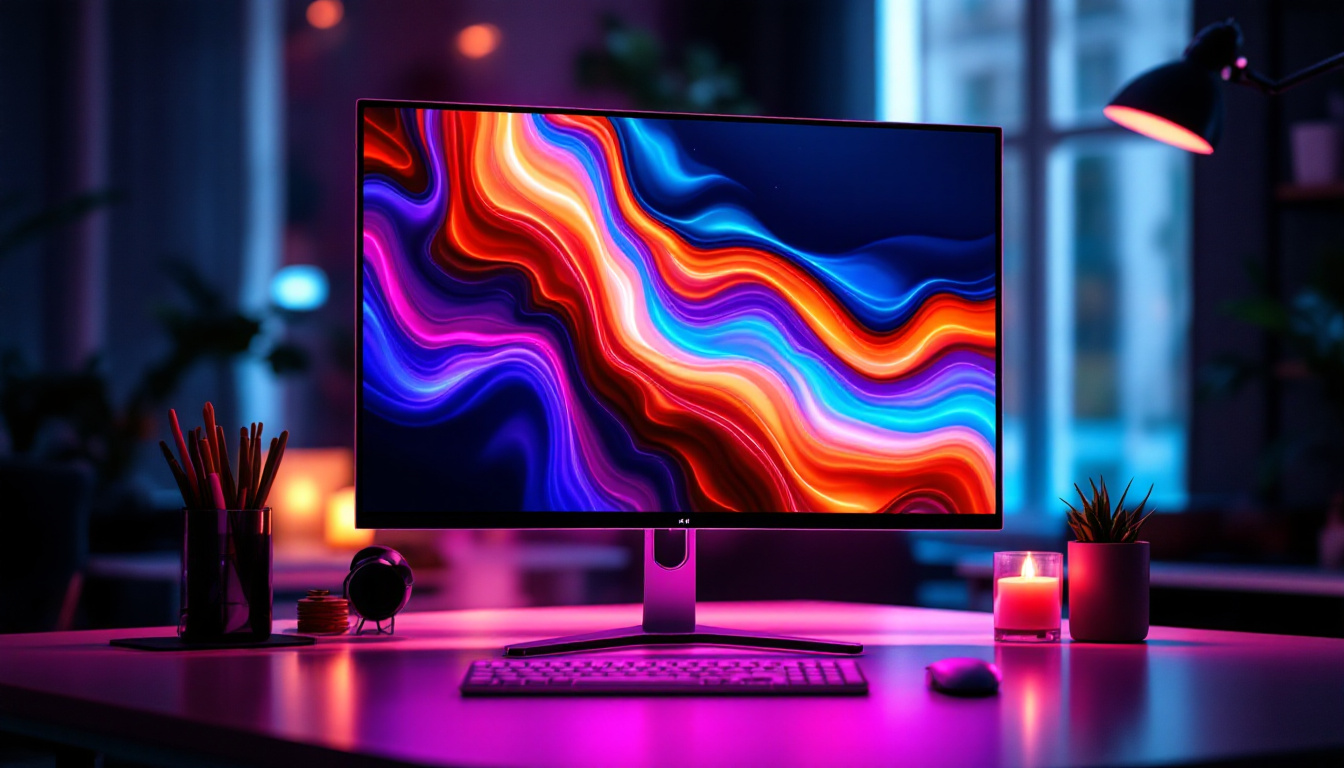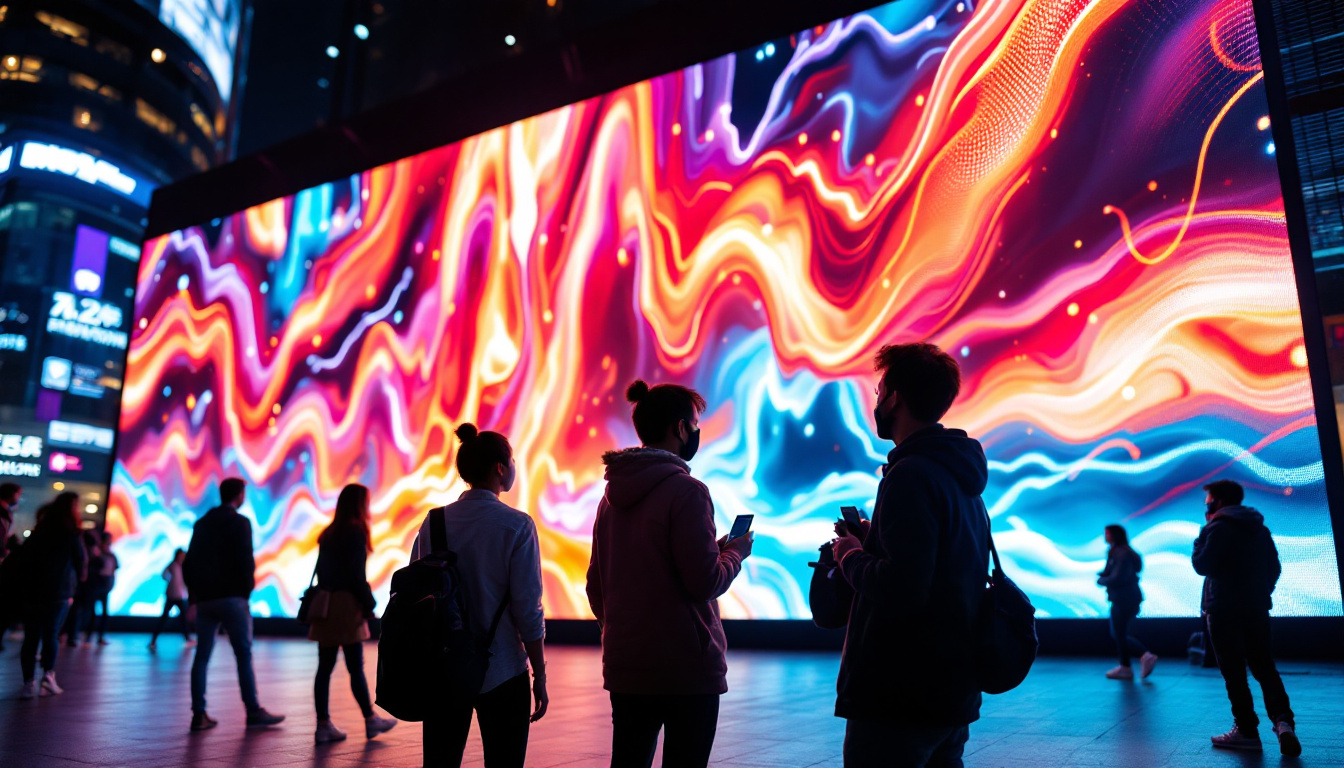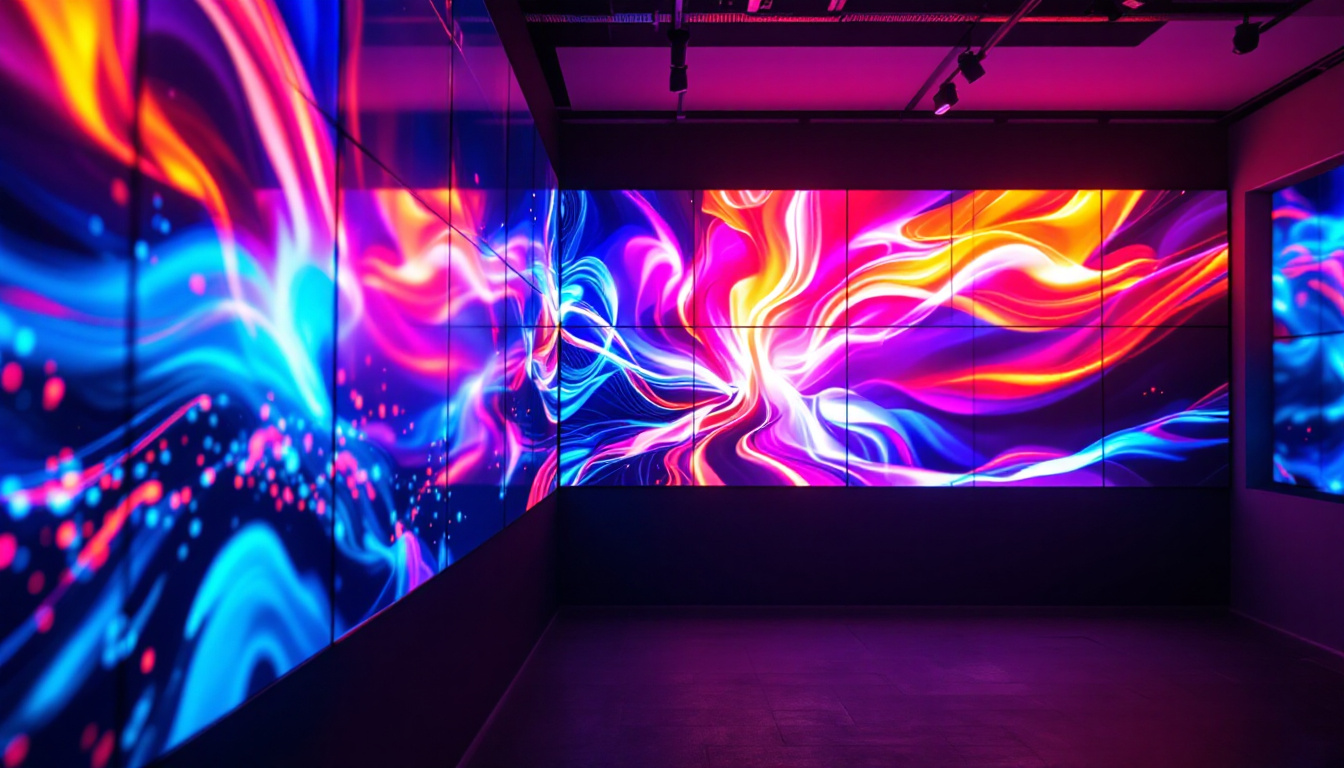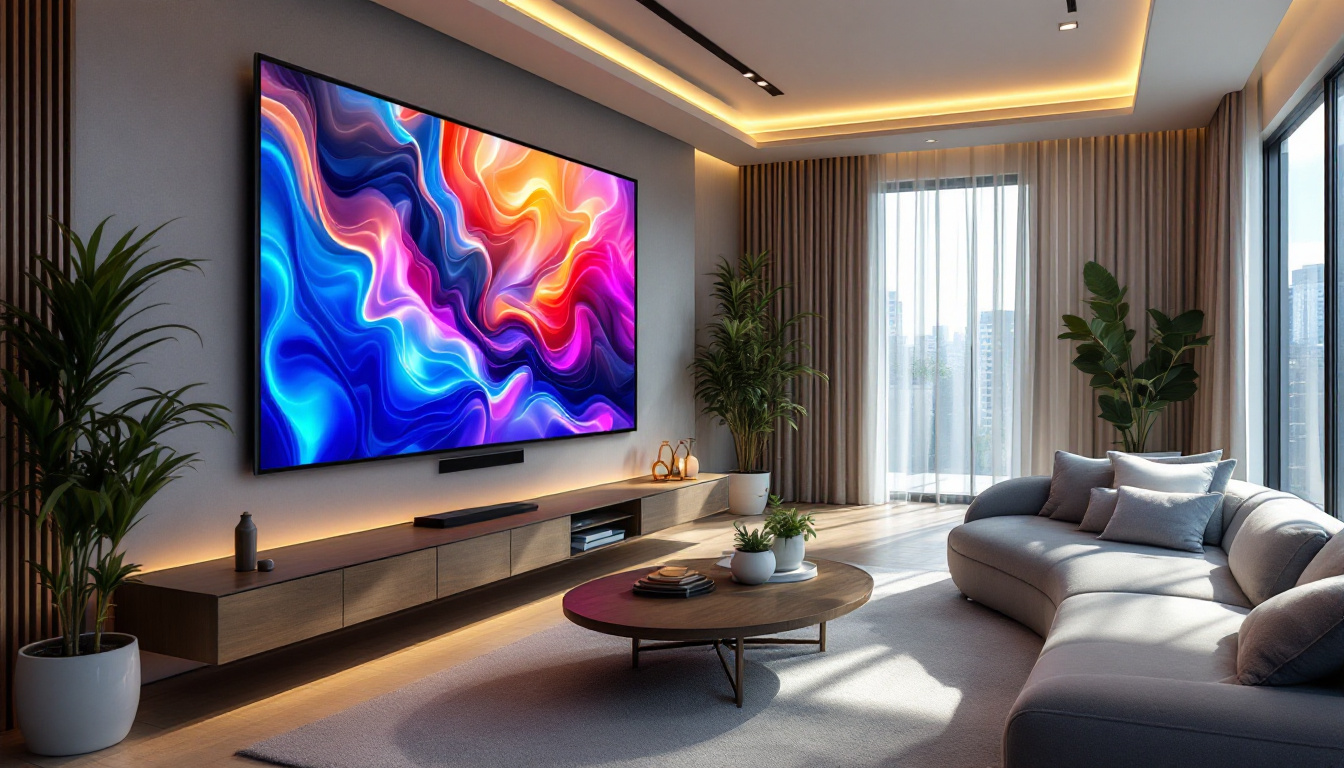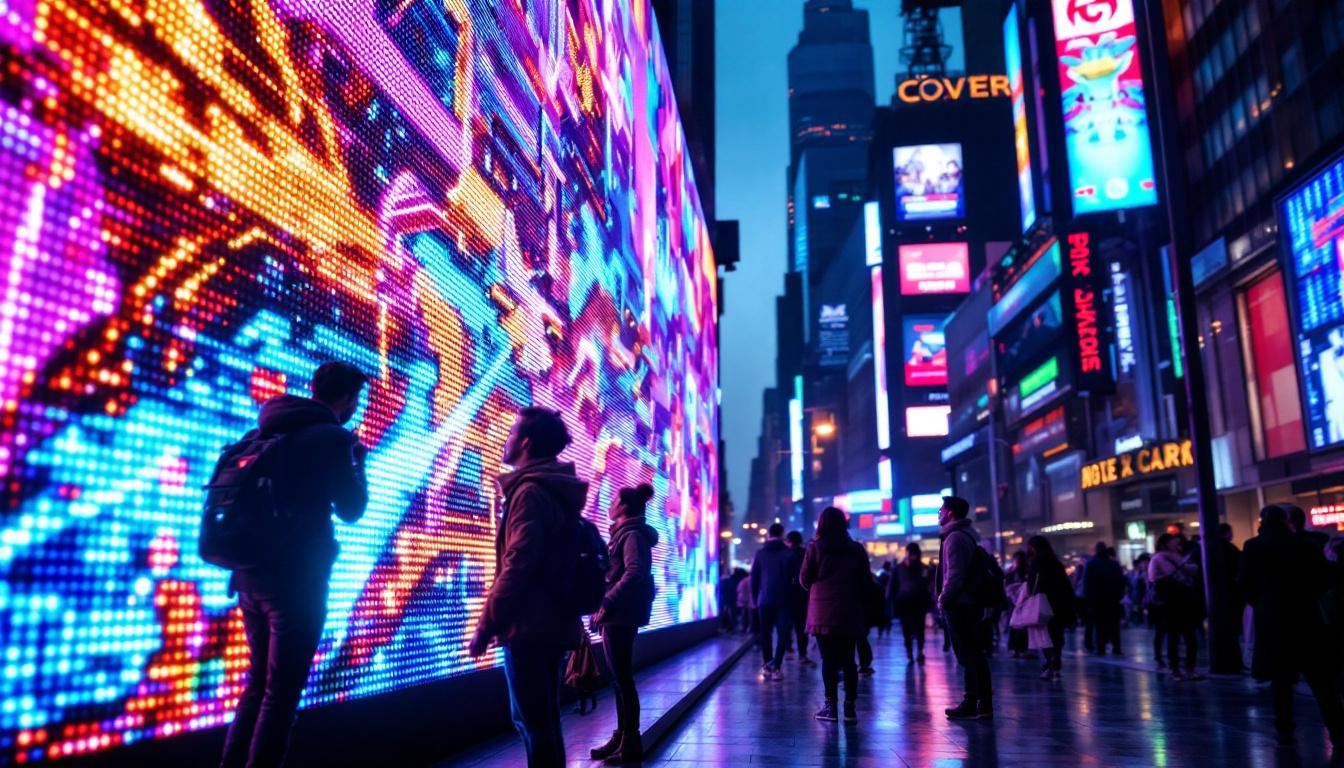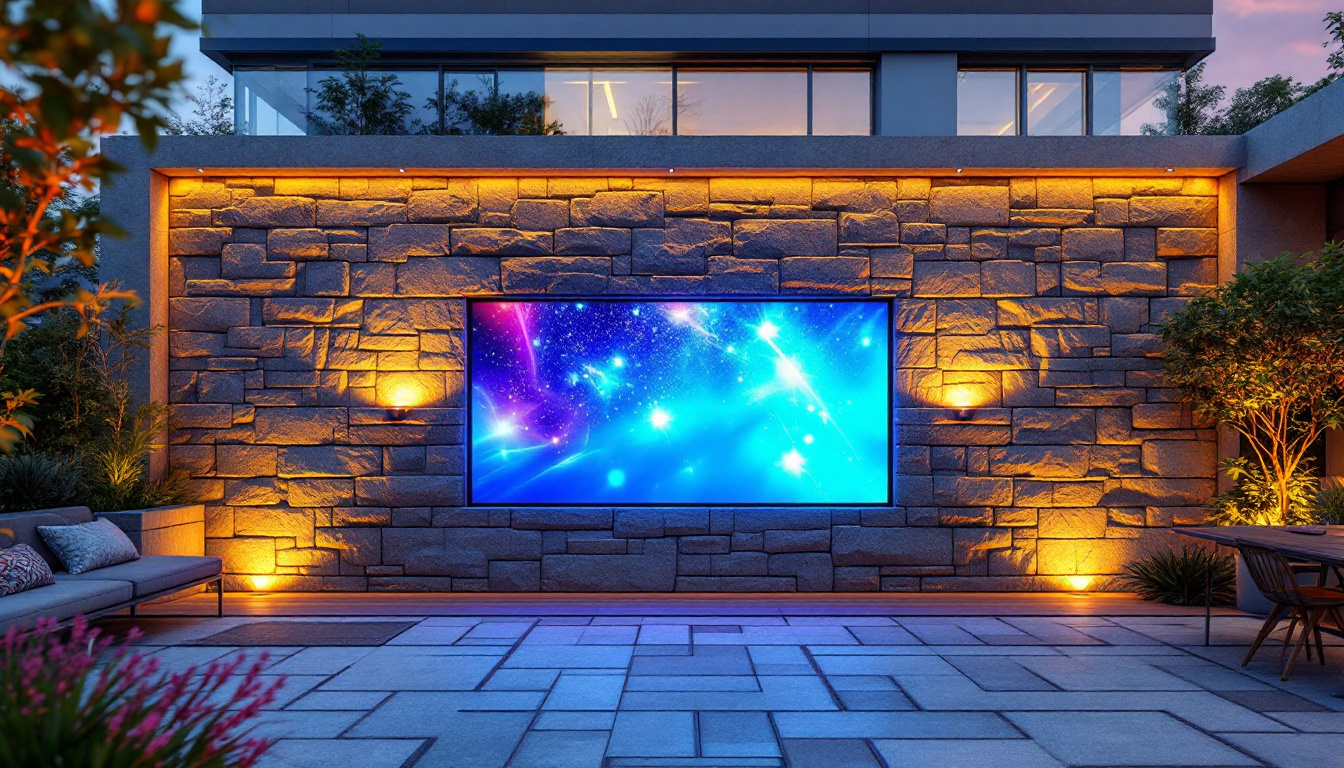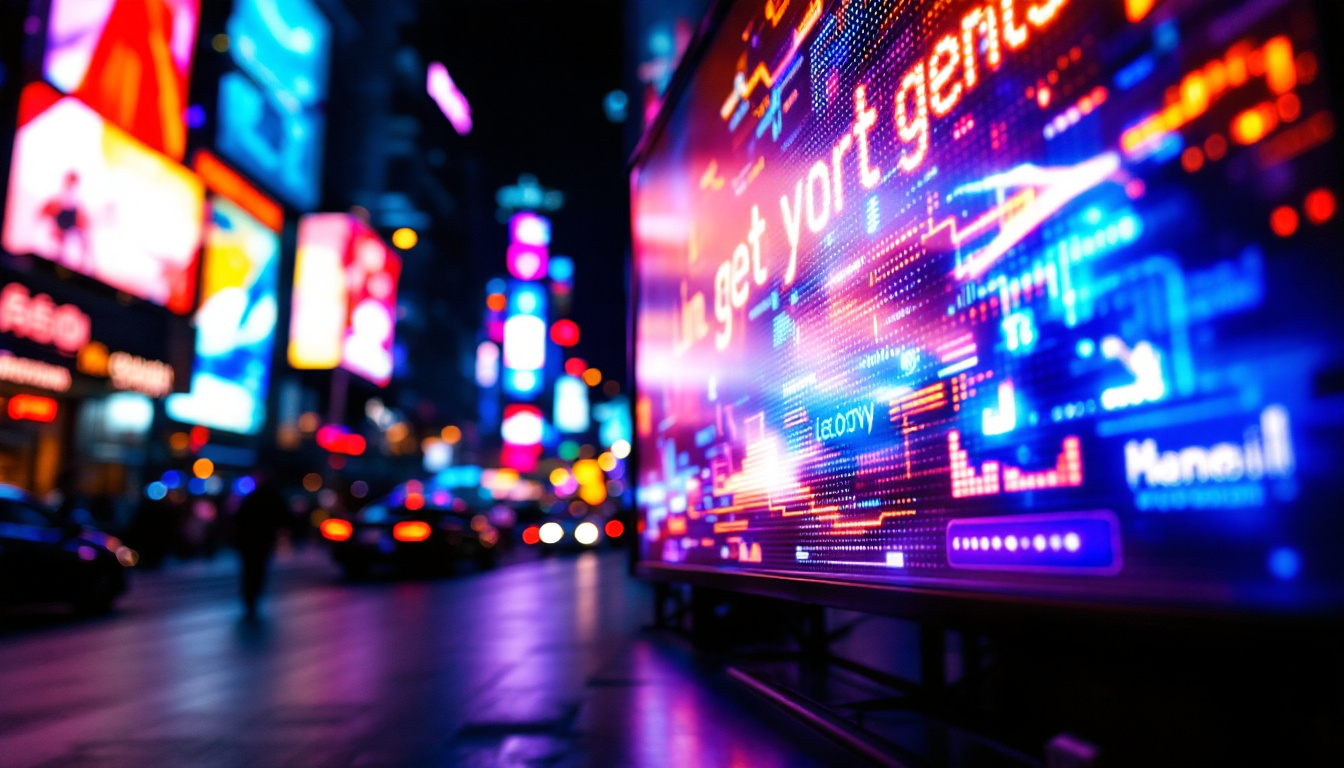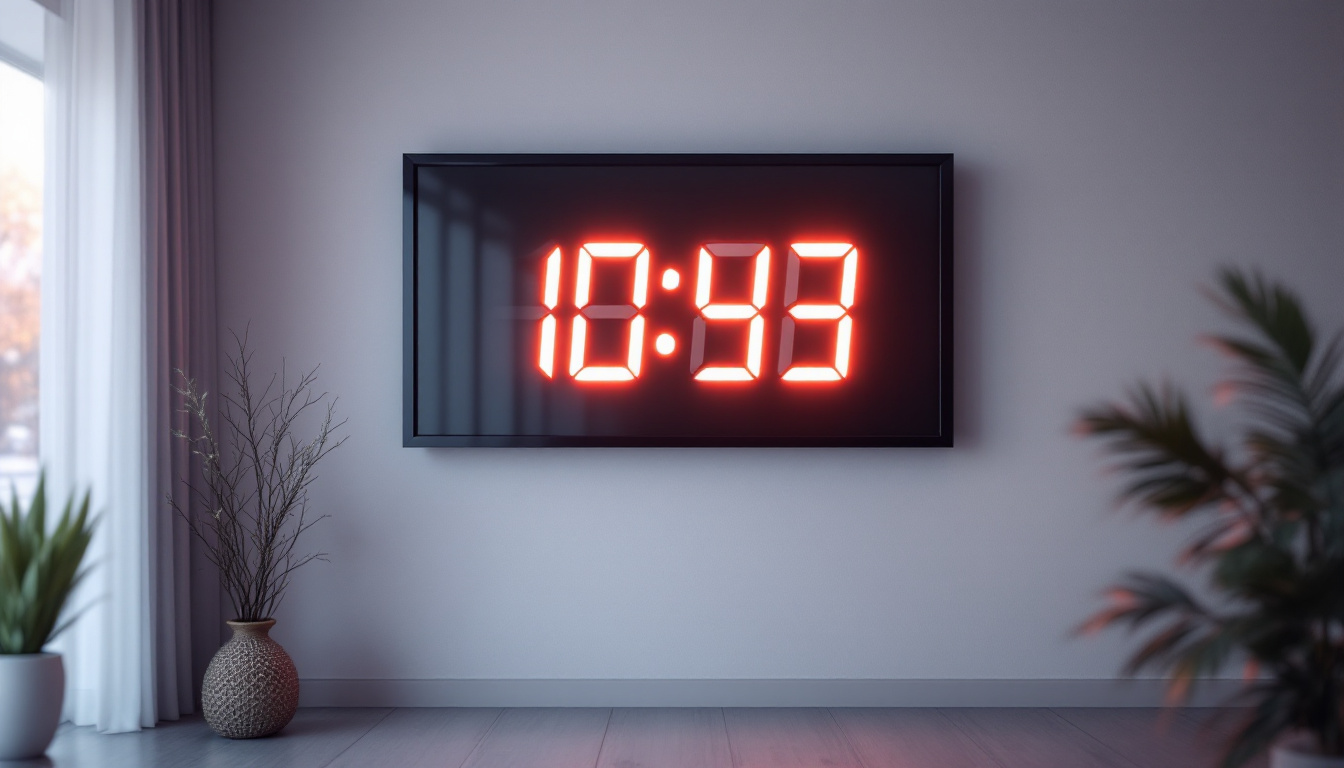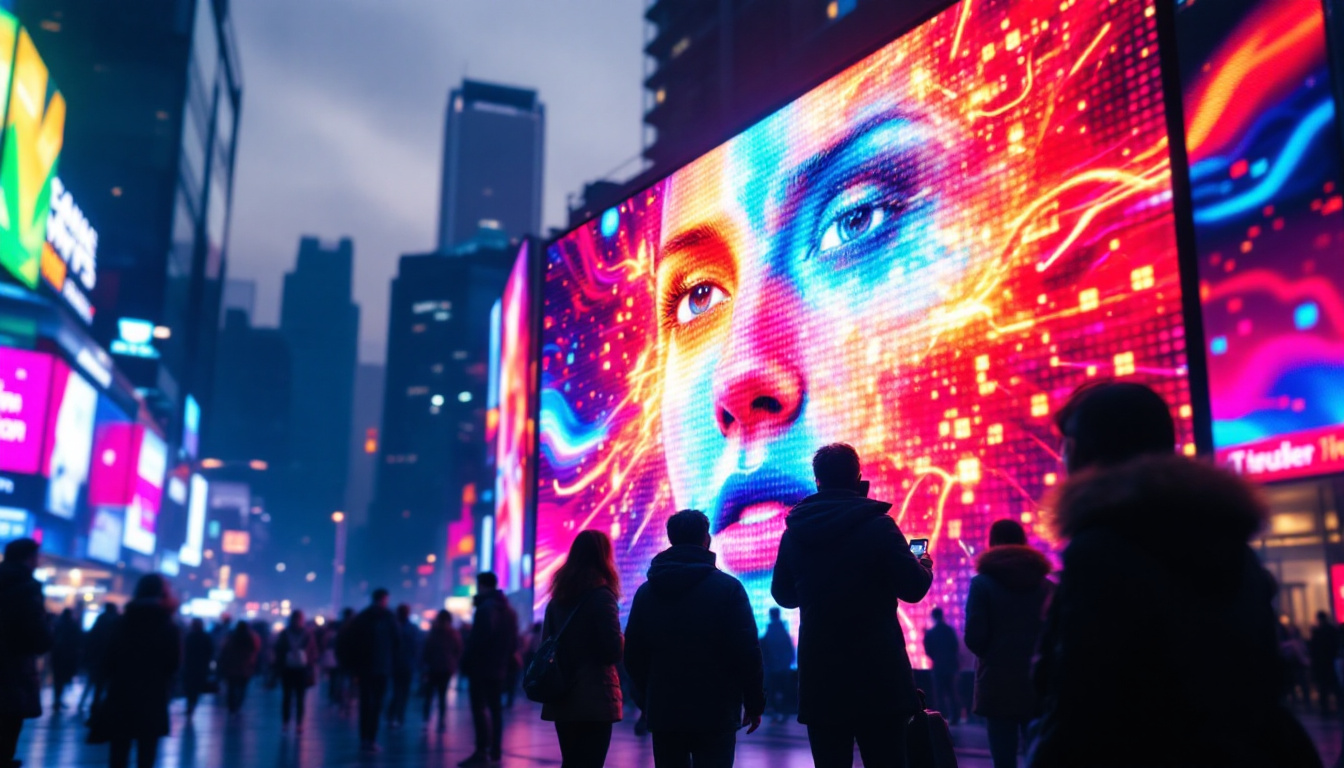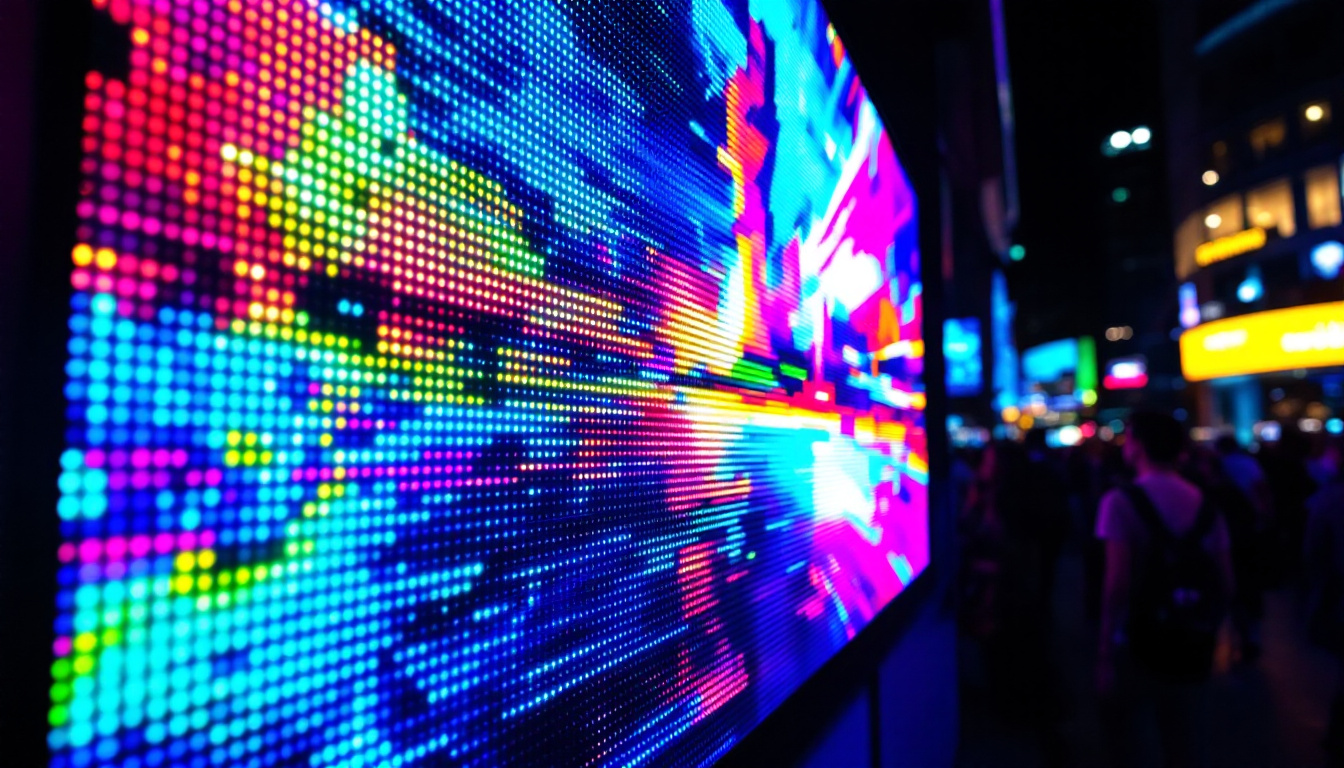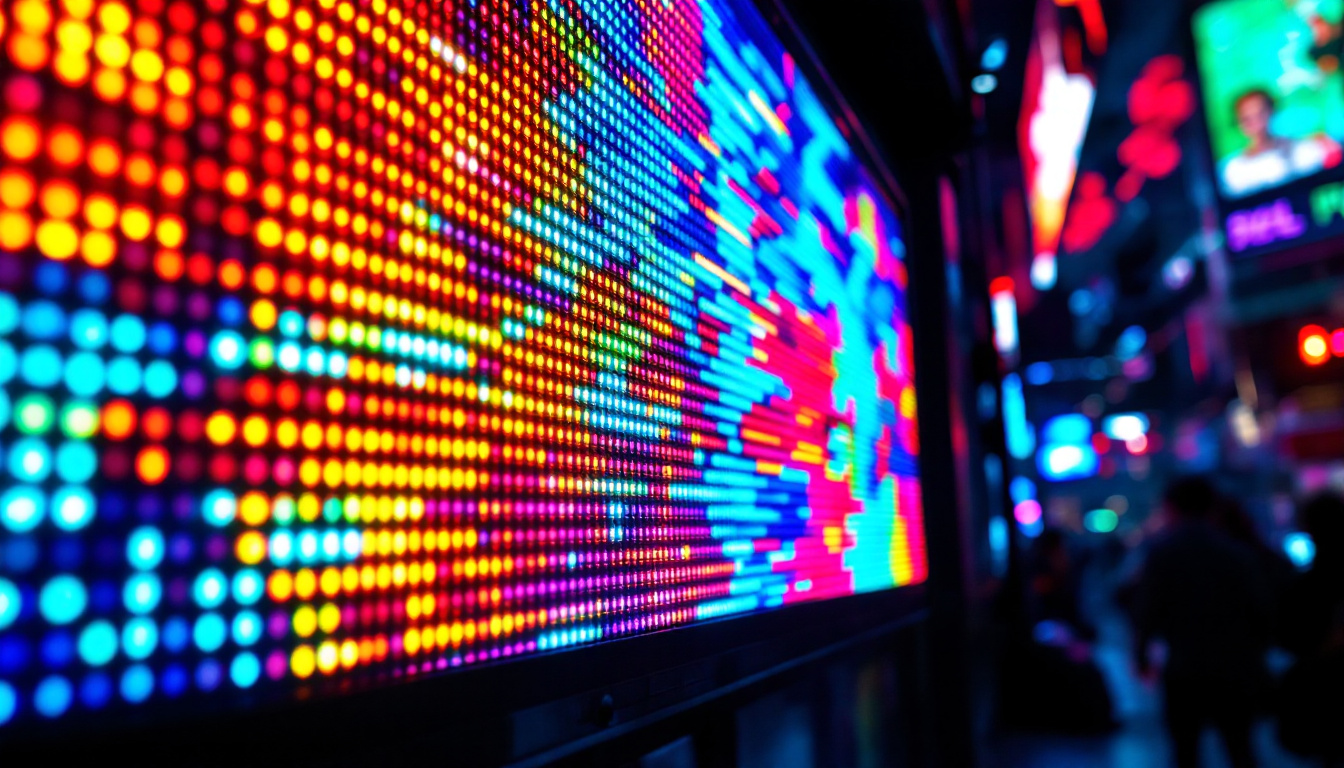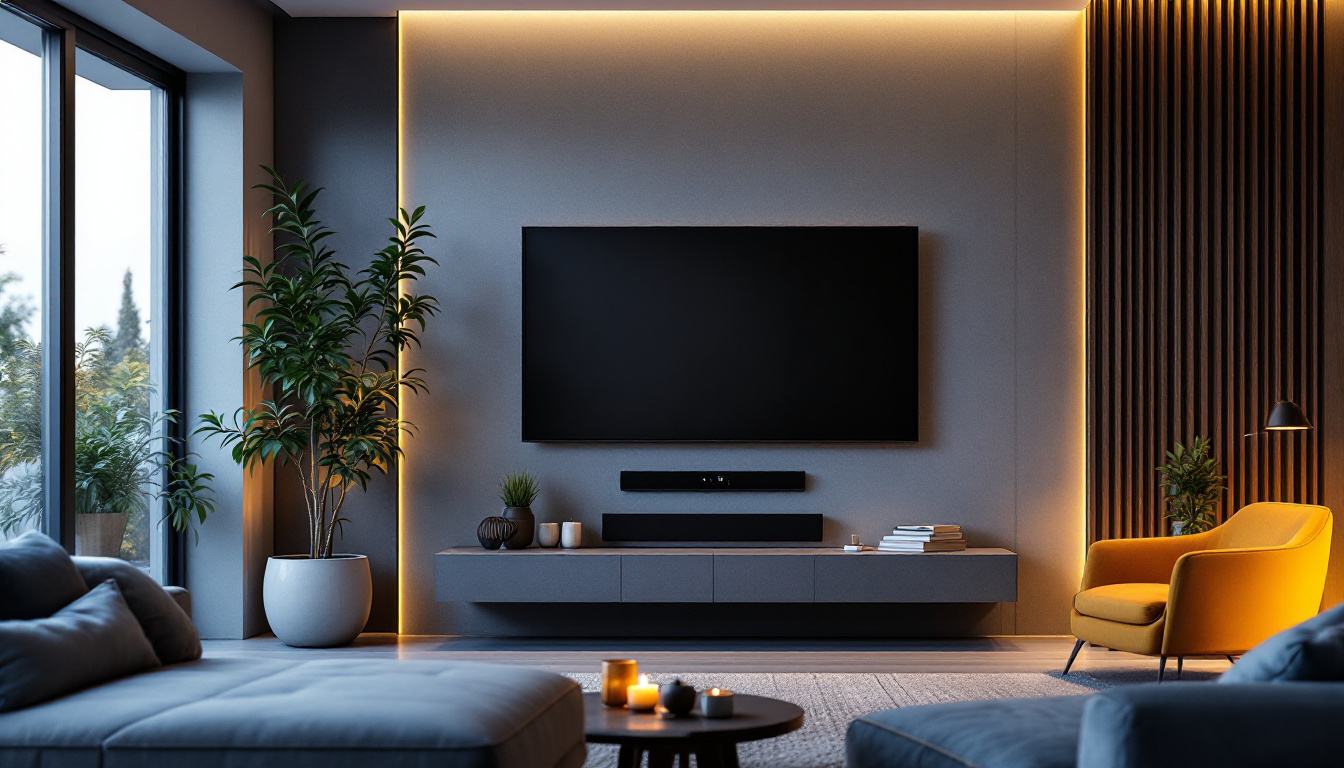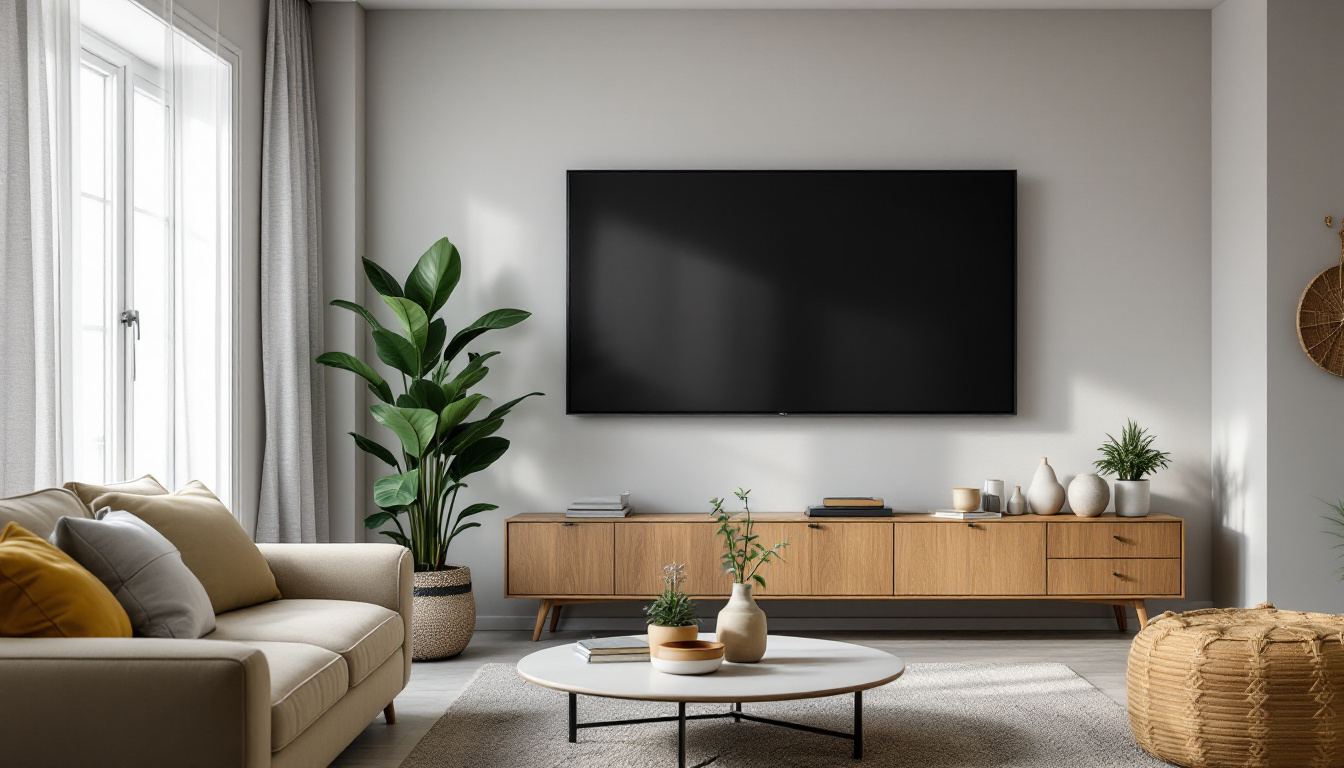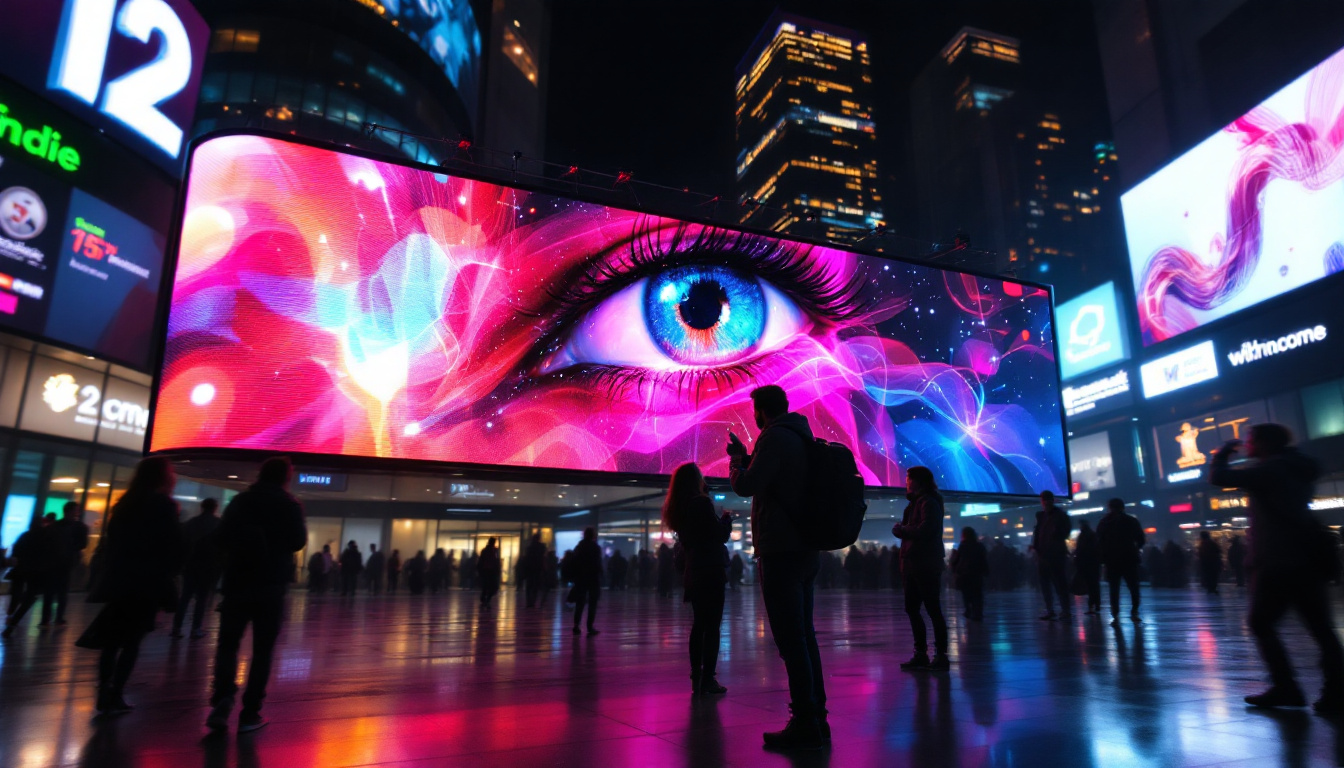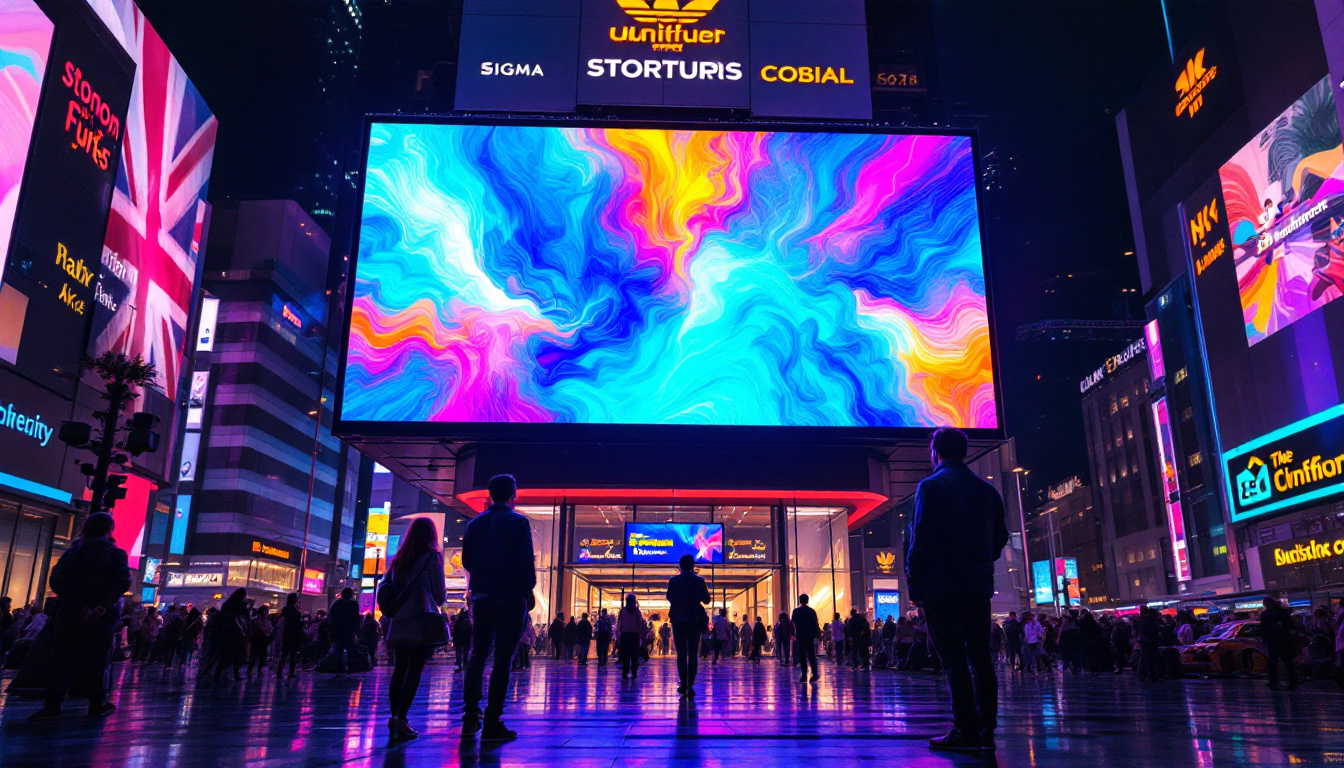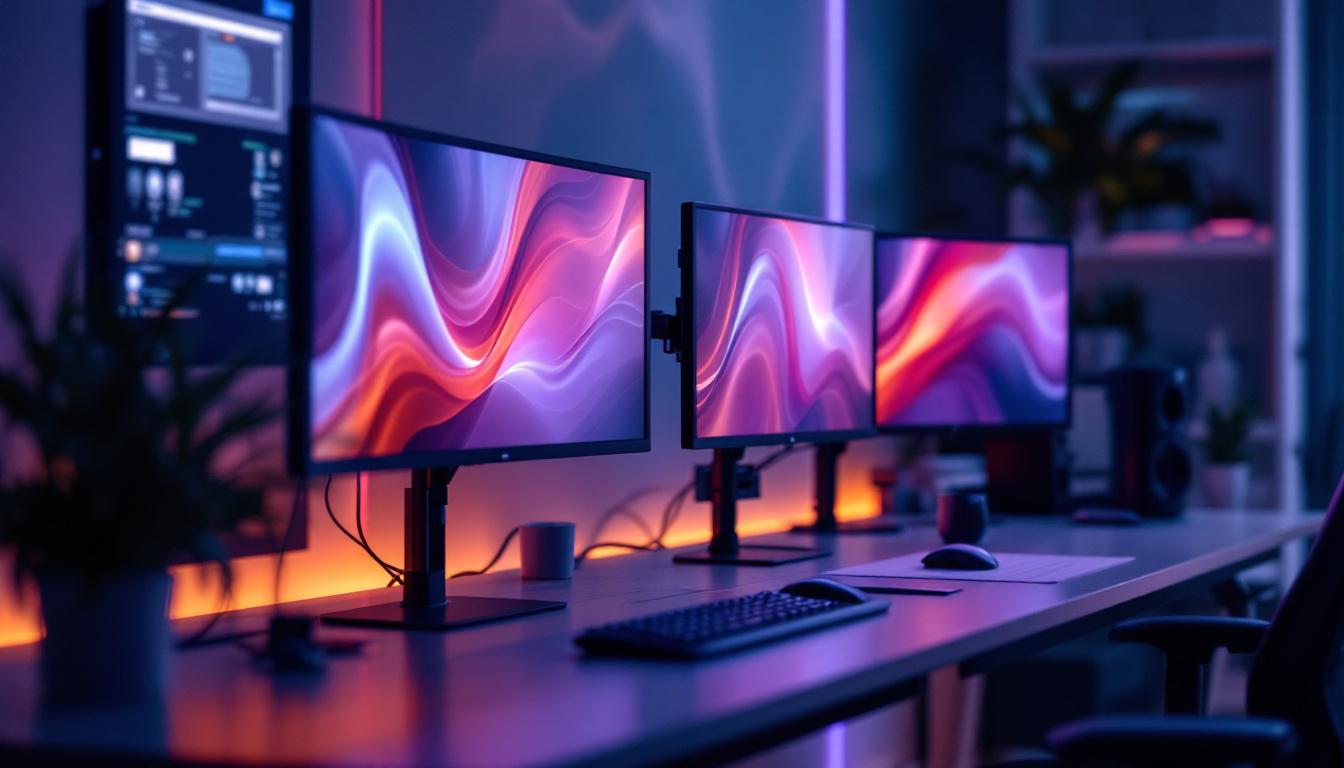In the world of visual technology, LED displays have emerged as a dominant force, revolutionizing how information is presented and consumed. Among the various innovations in this field, Projecto Screen stands out as a noteworthy advancement. This article delves into the intricacies of LED displays, focusing on the Projecto Screen, its technology, applications, and advantages.
Understanding LED Technology
LED, or Light Emitting Diode, is a semiconductor device that emits light when an electric current passes through it. This technology is at the heart of modern display systems, including televisions, monitors, and large-scale advertising screens. The rise of LED technology has revolutionized the way we experience visual content, providing brighter, more energy-efficient solutions compared to traditional lighting methods.
How LEDs Work
The basic principle behind an LED is relatively simple. When electrons move through the semiconductor material, they release energy in the form of photons, which creates visible light. The color of the light emitted depends on the materials used in the semiconductor. This technology allows for a wide range of colors and brightness levels, making LEDs highly versatile for various applications. Furthermore, LEDs are known for their longevity, often lasting tens of thousands of hours, which significantly reduces the need for frequent replacements and contributes to lower maintenance costs.
Types of LED Displays
There are several types of LED displays, each designed for specific purposes. The most common types include:
- Direct View LED: These displays consist of individual LEDs that create the image directly, making them ideal for large outdoor screens. Their high brightness levels make them easily viewable in direct sunlight, making them a popular choice for billboards and sports arenas.
- LED-backlit LCD: These displays use LEDs to illuminate an LCD panel, providing better contrast and color accuracy than traditional fluorescent backlighting. This technology has become standard in modern televisions, enhancing the viewing experience with deeper blacks and more vibrant colors.
- Organic LED (OLED): A more advanced technology where organic compounds emit light, offering deeper blacks and more vibrant colors. OLED displays are thinner and more flexible than traditional LED displays, allowing for innovative designs in smartphones and televisions.
Beyond these common types, there are also specialized LED displays such as Mini LED and Micro LED technologies. Mini LED displays utilize thousands of tiny LEDs to create a more precise backlighting system, resulting in improved contrast and brightness control. Micro LED technology takes this a step further by using microscopic LEDs that can be arranged in various configurations, enabling modular displays that can be tailored to any size or shape. This adaptability opens up exciting possibilities for future display technologies, including curved screens and even wearable devices.
Projecto Screen: An Overview
The Projecto Screen is a cutting-edge LED display system designed for versatility and high performance. It is particularly popular in both commercial and residential settings, providing an immersive viewing experience. With its sleek design and advanced technology, the Projecto Screen not only enhances visual appeal but also integrates seamlessly into any environment, making it a preferred choice for modern aesthetics.
Key Features of Projecto Screen
Projecto Screen boasts several features that set it apart from traditional display technologies:
- High Resolution: With resolutions reaching 4K and beyond, Projecto Screen delivers stunning image clarity, making it suitable for various applications, from presentations to home theaters.
- Wide Color Gamut: The display supports a broader range of colors, ensuring that images are vibrant and true to life.
- Energy Efficiency: Utilizing LED technology means lower power consumption compared to conventional displays, making it an eco-friendly option.
Additionally, the Projecto Screen features advanced brightness control, allowing users to adjust the display according to ambient lighting conditions. This adaptability ensures optimal viewing experiences, whether in a dimly lit room or under bright sunlight. Furthermore, its lightweight construction makes installation a breeze, enabling easy wall mounting or integration into existing setups without compromising structural integrity.
Applications of Projecto Screen
Projecto Screen is versatile enough to be used in a variety of settings:
- Corporate Environments: Ideal for presentations, video conferencing, and digital signage, enhancing communication and engagement.
- Entertainment Venues: Perfect for cinemas and theaters, providing an immersive experience for audiences.
- Home Use: Many homeowners are adopting Projecto Screen for home theaters, gaming, and smart home integrations.
In educational institutions, Projecto Screen has become a valuable tool for interactive learning, allowing educators to present dynamic content that captivates students’ attention. Its ability to connect with various devices, including laptops, tablets, and smartphones, facilitates seamless sharing of information. Additionally, in retail environments, the vibrant displays can attract customers and enhance product visibility, making them a powerful asset for marketing strategies. The adaptability of Projecto Screen extends to outdoor events as well, where it can be used for advertising and live broadcasts, ensuring that messages reach a wider audience effectively.
Advantages of Using Projecto Screen
Choosing Projecto Screen over traditional display technologies comes with numerous benefits that enhance the overall viewing experience.
Enhanced Visual Experience
One of the most significant advantages of Projecto Screen is its ability to produce high-quality visuals. The combination of high resolution and a wide color gamut allows for stunning images that captivate viewers. Whether it’s a corporate presentation or a movie night at home, the clarity and vibrancy of the display make a noticeable difference.
Flexibility and Customization
Projecto Screen offers flexibility in terms of size and configuration. Users can choose from various sizes to fit their specific needs, whether it’s a small setup for a conference room or a large screen for an outdoor event. Additionally, the modular design allows for easy customization, enabling users to create unique display configurations.
Durability and Longevity
LED technology is known for its durability, and Projecto Screen is no exception. With a lifespan of up to 100,000 hours, these displays require less frequent replacements compared to traditional screens. This longevity not only saves money in the long run but also reduces waste, making it a more sustainable choice.
Installation and Maintenance
Installing and maintaining a Projecto Screen can be straightforward, but it requires careful planning and execution to ensure optimal performance.
Installation Process
The installation of a Projecto Screen typically involves several steps:
- Site Assessment: Before installation, a thorough assessment of the location is necessary to determine the appropriate size and configuration.
- Mounting: The display must be securely mounted, whether on a wall or a stand, ensuring stability and safety.
- Connection: Properly connecting the display to power sources and input devices is crucial for functionality.
Maintenance Tips
To keep a Projecto Screen in optimal condition, regular maintenance is essential. Here are some practical tips:
- Cleaning: Regularly clean the screen with a soft, lint-free cloth to remove dust and fingerprints.
- Software Updates: Keep the display’s software updated to ensure compatibility with new technologies and improve performance.
- Inspect Connections: Periodically check all connections to ensure they are secure and functioning properly.
Comparing Projecto Screen with Other Display Technologies
When considering a display solution, it’s essential to compare Projecto Screen with other technologies to make an informed decision.
Projecto Screen vs. LCD Displays
While LCD displays have been a staple in the market for years, Projecto Screen offers several advantages:
- Brightness: Projecto Screen typically provides higher brightness levels, making it suitable for various lighting conditions.
- Color Accuracy: The wide color gamut of Projecto Screen ensures more accurate and vibrant colors compared to standard LCDs.
- Viewing Angles: LED displays generally offer better viewing angles, allowing more people to enjoy the content without distortion.
Projecto Screen vs. Projection Systems
Projection systems have long been used for large displays, but they come with limitations:
- Image Quality: Projecto Screen provides sharper images with better color accuracy than most projection systems.
- Ambient Light Performance: Unlike projectors, which can struggle in well-lit environments, Projecto Screen maintains visibility and vibrancy.
- Setup Complexity: Projecto Screen installations are typically more straightforward than setting up projection systems, which often require additional equipment like screens and projectors.
Future of LED Displays and Projecto Screen
The future of LED display technology, including Projecto Screen, appears promising as advancements continue to emerge.
Innovations on the Horizon
Several trends and innovations are shaping the future of LED displays:
- MicroLED Technology: This emerging technology promises even smaller pixels, leading to greater resolution and improved image quality.
- Flexible Displays: Future LED displays may become more flexible, allowing for unique shapes and applications, such as curved screens.
- Integration with AI: Incorporating artificial intelligence can enhance user experience by optimizing display settings based on content and environment.
Market Growth and Adoption
The demand for LED displays, particularly Projecto Screen, is expected to grow as more industries recognize their advantages. From advertising to education, the versatility and performance of these displays make them an attractive option for a wide range of applications.
Conclusion
Projecto Screen represents a significant advancement in LED display technology, offering a blend of high performance, versatility, and sustainability. As visual communication continues to evolve, embracing such innovations will be crucial for businesses and individuals alike. With its numerous advantages, Projecto Screen is poised to play a vital role in shaping the future of display technology.
In summary, understanding the intricacies of LED displays and the unique features of Projecto Screen can empower users to make informed decisions. Whether for corporate environments, entertainment venues, or home use, Projecto Screen stands out as a leading choice in the realm of visual technology.
Discover LumenMatrix’s Innovative LED Displays
Ready to elevate your visual experience with the latest in LED technology? Explore LumenMatrix’s comprehensive range of LED display solutions, designed to bring your brand to life and captivate your audience. From vibrant Indoor and Outdoor LED Wall Displays to dynamic Vehicle and Sports LED Displays, each product is crafted to deliver unparalleled clarity and impact. Embrace the future of visual communication with LumenMatrix’s Custom, All-in-One, and Transparent LED Displays. Check out LumenMatrix LED Display Solutions today and transform your space into a mesmerizing visual journey.

